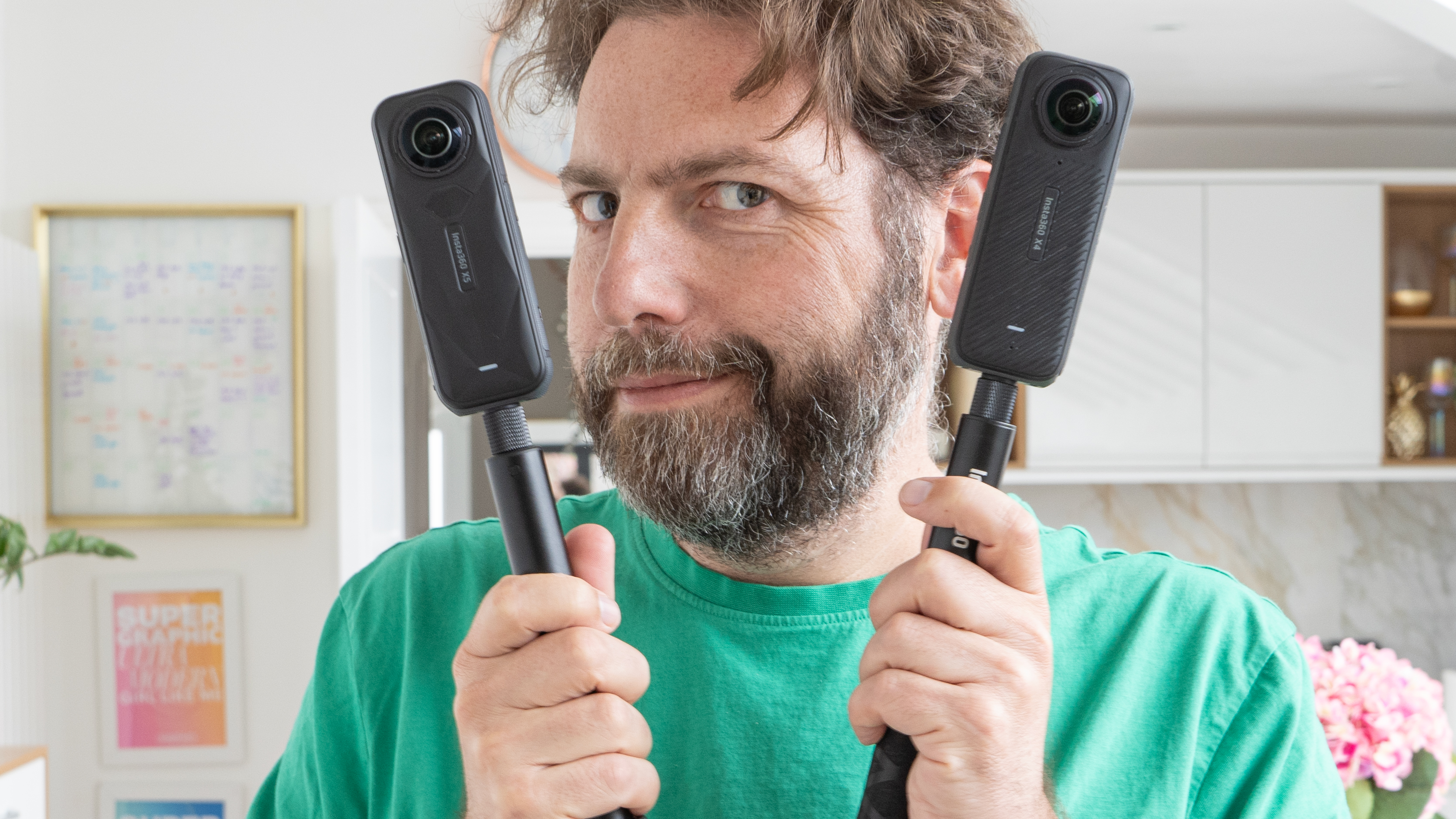Negatives don't fail: Why I choose film over digital cameras every time
Film photography will always have my heart, and is my tangible backup over fallible digital storage
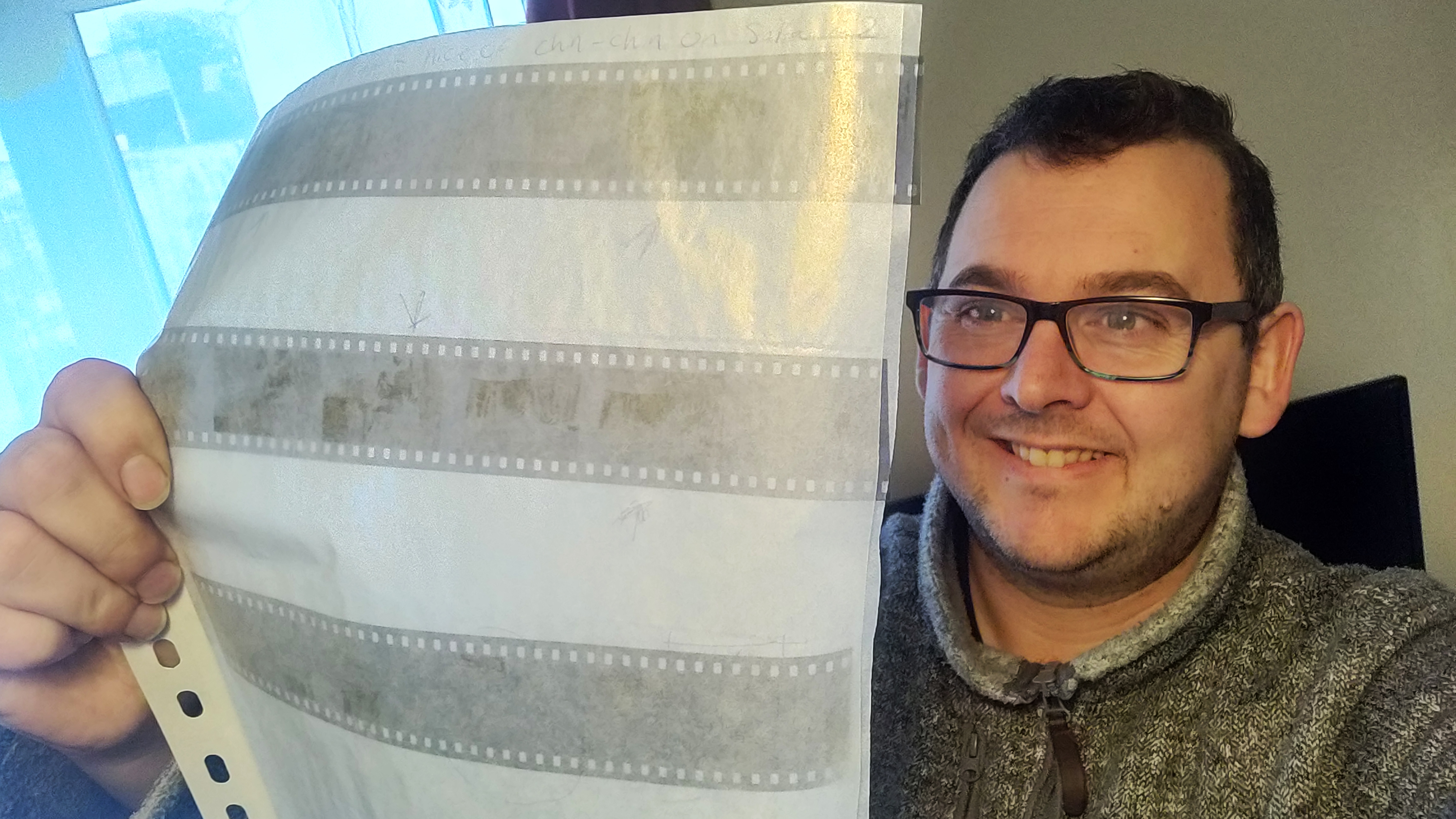
As a photographer with over two decades of experience, I’ve had the privilege of navigating both the analog and digital eras of image-making. Today, I’m one of the few who still passionately embraces both formats, regularly switching between my beloved Leica M2 film camera and my digital Leica M-E.
While I genuinely enjoy the convenience and flexibility of digital photography, my heart remains tethered to the tangible magic of film. In fact, despite owning one of Leica’s excellent digital M cameras, I find myself reaching for my M2 more often than not.
Digital photography has revolutionized the way we capture and share images. Its immediacy and versatility are undeniable, and I’ve created some of my favorite work with my digital Leica. However, the vulnerability of digital storage has always been a nagging concern. I still remember the dread of losing an entire shoot due to a corrupted CF card.
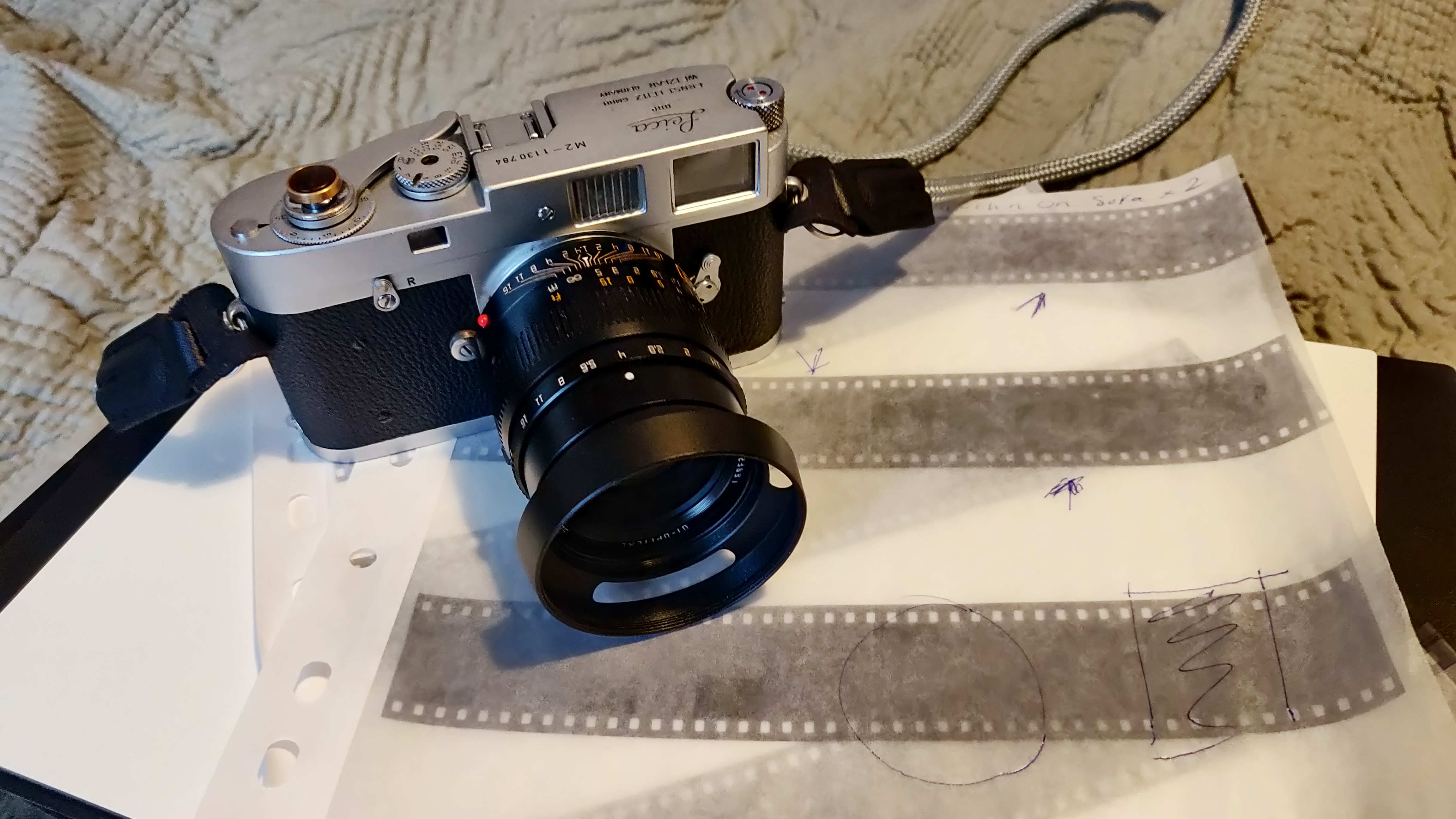
That moment, years ago, still gives me chills and has left a lasting impact on my trust in digital storage. Despite my meticulous workflow of backing up files to multiple hard drives and cloud services, the fear of technical failure lingers, overshadowing the convenience that digital offers.
In contrast, film photography provides me with a sense of security and permanence that digital cannot replicate. A film negative is a physical object – tangible and reliable. Unlike an SD card or hard drive, a negative doesn’t rely on software compatibility or hardware longevity to remain accessible.
If needed, negatives can be scanned again or used to produce high-quality prints in the darkroom. The simplicity and durability of this medium gives me peace of mind, knowing that my work is safe from the ever-changing landscape of digital technology
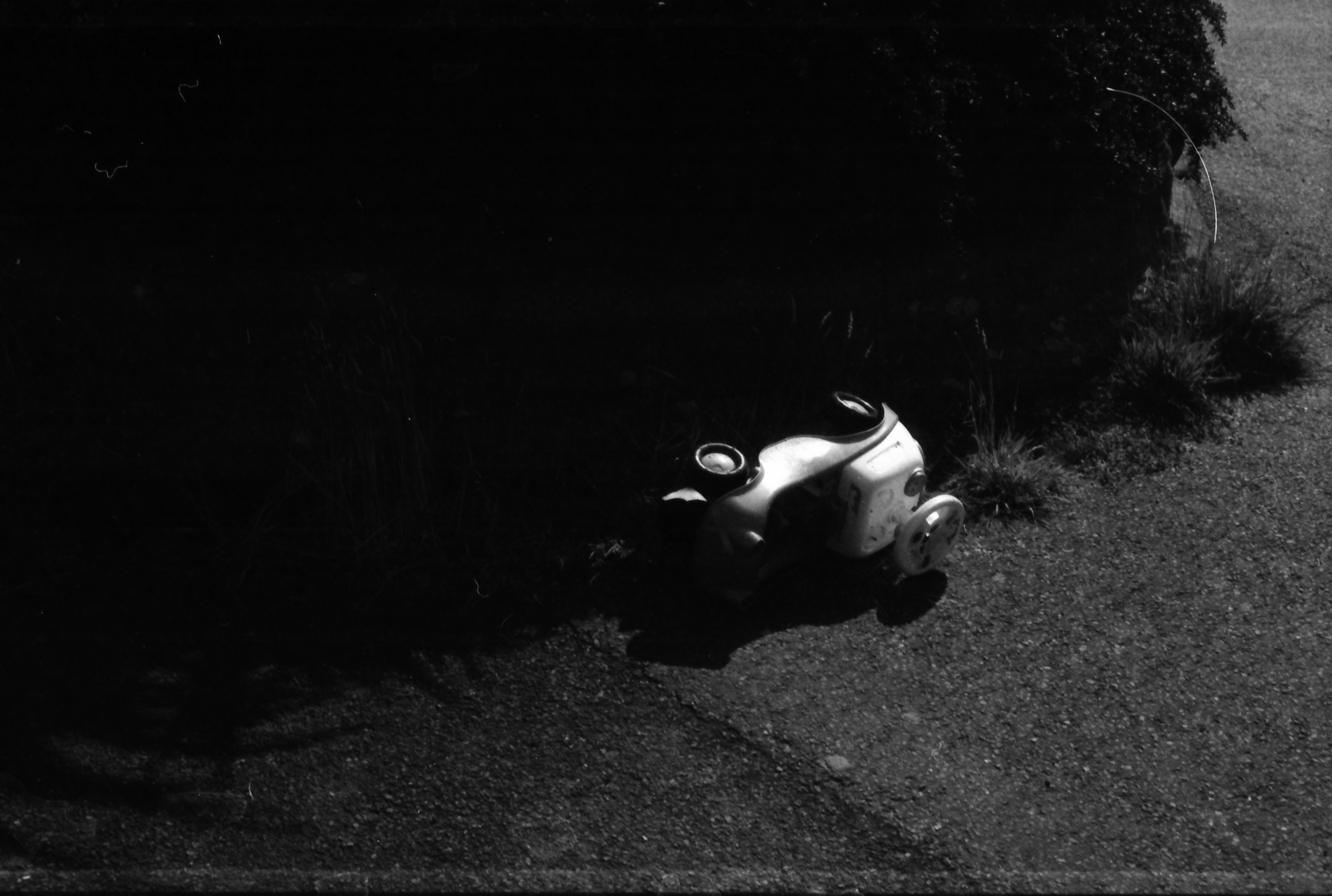
Of course, shooting film comes with its own set of challenges – particularly in terms of storage. Over the years, I’ve dedicated a corner of my office to organizing negatives. Rows of bookshelves house binders filled with archival sleeves, each containing frames that represent moments in time.
It’s a bulky system, and one that requires effort to maintain. Yet, for me, these trade-offs are minor compared to the assurance of having a physical archive of my work. Unlike a hard drive that can fail or a file format that may become obsolete, my film negatives remain a constant.
Get the Digital Camera World Newsletter
The best camera deals, reviews, product advice, and unmissable photography news, direct to your inbox!
The hybrid nature of film also appeals to me. Negatives can be digitized for editing and sharing, offering the best of both worlds. At the same time, they retain their analog charm, capable of being printed in a traditional darkroom – a process I still cherish, and need to get back too!
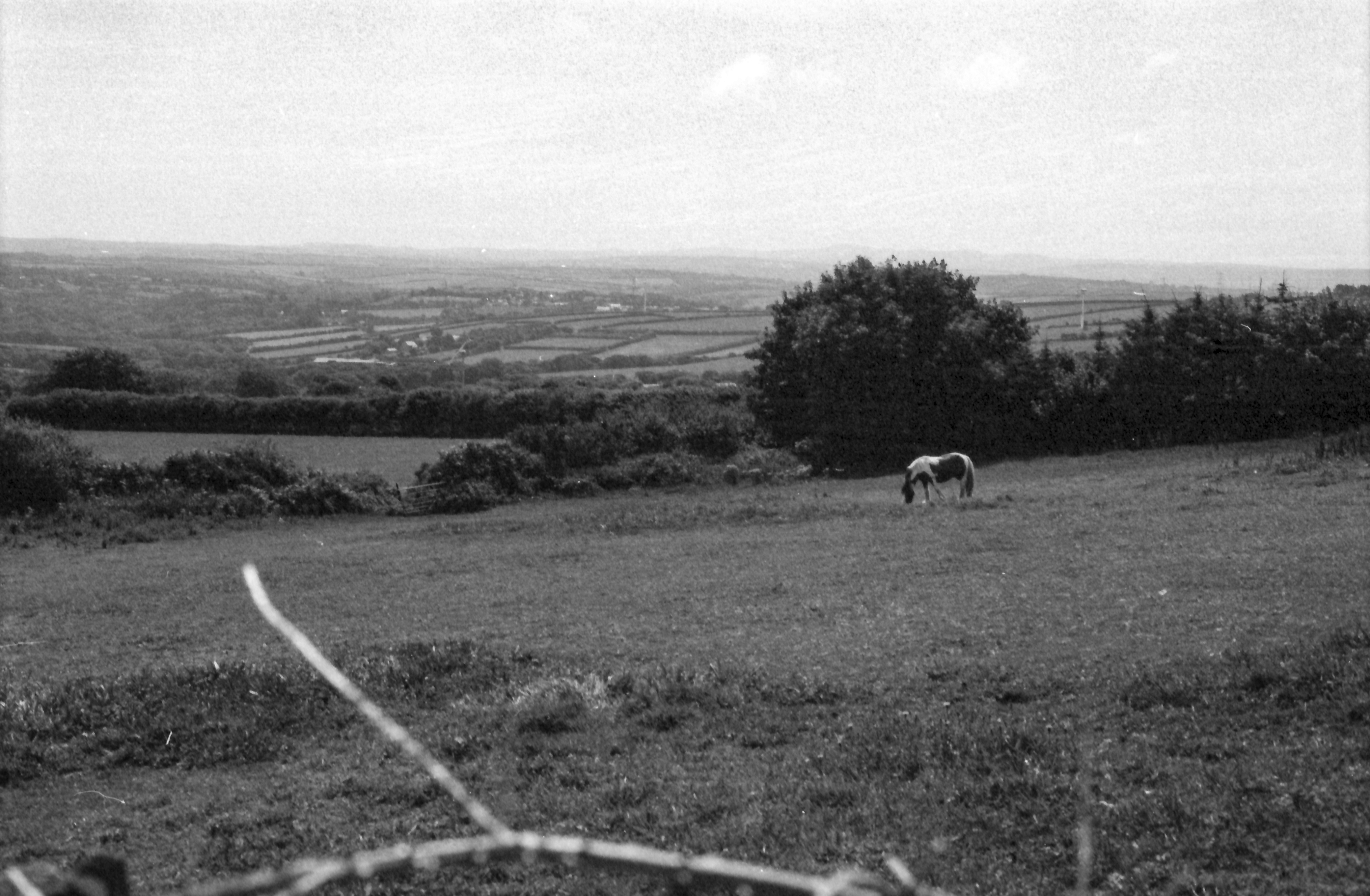
There’s something deeply rewarding about holding a finished print that’s been crafted through this hands-on method, a tangible result of both art and science.
Ultimately, my preference for film is rooted in its resilience and timelessness. While digital photography has its place and serves as an invaluable tool for many of my projects, I find comfort in the permanence of film.
It’s an enduring medium that connects me to the craft’s rich history while safeguarding my work for the future. As technology evolves, I’ll happily embrace digital advancements – but I’ll always keep a roll of film loaded in my Leica M2, ready to capture the next moment that matters.
You might also like…
Take a look at the best film cameras and the best camera film – or, for the style of film with the substance of digital, check out the best retro cameras.

For nearly two decades Sebastian's work has been published internationally. Originally specializing in Equestrianism, his visuals have been used by the leading names in the equestrian industry such as The Fédération Equestre Internationale (FEI), The Jockey Club, Horse & Hound, and many more for various advertising campaigns, books, and pre/post-event highlights.
He is a Fellow of the Royal Society of Arts, holds a Foundation Degree in Equitation Science, and holds a Master of Arts in Publishing. He is a member of Nikon NPS and has been a Nikon user since his film days using a Nikon F5. He saw the digital transition with Nikon's D series cameras and is still, to this day, the youngest member to be elected into BEWA, the British Equestrian Writers' Association.
He is familiar with and shows great interest in 35mm, medium, and large-format photography, using products by Leica, Phase One, Hasselblad, Alpa, and Sinar. Sebastian has also used many cinema cameras from Sony, RED, ARRI, and everything in between. He now spends his spare time using his trusted Leica M-E or Leica M2, shooting Street/Documentary photography as he sees it, usually in Black and White.
